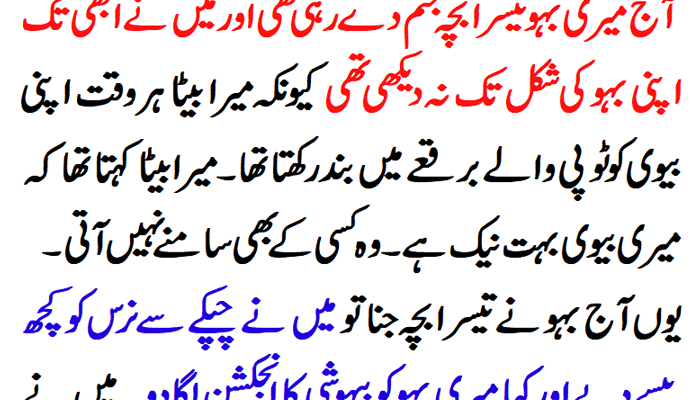reast cancer is one of the most common cancers among women globally, yet early detection and awareness remain key factors in reducing mortality rates. The disease arises from the uncontrolled growth of breast cells, which can form a tumor that may spread to other parts of the body. While it primarily affects women, men can also be diagnosed, though at much lower rates. With advancements in medical technology and treatment, breast cancer is no longer the death sentence it once was—provided it is caught early.
One of the biggest challenges in breast cancer prevention is the lack of awareness about routine screening and self-examination. Many women do not realize the importance of mammograms, which can detect tumors before they are physically noticeable. Early-stage detection significantly increases survival rates, as the cancer is often localized and more responsive to treatment. Educating women about the importance of regular check-ups, particularly for those over 40 or with a family history of the disease, can save lives.
Risk factors for breast cancer include genetics, age, lifestyle, and hormonal changes. Women with BRCA1 or BRCA2 gene mutations are at a particularly high risk, making genetic counseling and testing a valuable tool for early intervention. Additionally, factors such as obesity, alcohol consumption, and prolonged use of hormone replacement therapy can increase susceptibility. However, not all risk factors are controllable, which emphasizes the need for vigilance regardless of lifestyle.
Treatment for breast cancer varies based on its type and stage, ranging from surgery and radiation to chemotherapy and targeted therapies. While treatment has become more personalized, the journey is often physically and emotionally taxing. Side effects, body image concerns, and fear of recurrence can significantly impact a woman’s quality of life. Support systems, both professional and personal, are crucial in helping women navigate the complexities of recovery.
Raising awareness about breast cancer should go beyond just October’s pink ribbons. Communities, healthcare providers, and policymakers must work together to ensure women have access to affordable screenings, accurate information, and comprehensive care. Public campaigns can help destigmatize the topic and encourage open conversations about symptoms, risk factors, and preventive measures.
The fight against breast cancer requires a collective effort, with research at the forefront to develop more effective treatments and, eventually, a cure. Until then, empowering women with knowledge and access to resources is the most powerful tool we have. By prioritizing early detection and holistic care, countless lives can be saved, and the burden of breast cancer significantly reduced.



